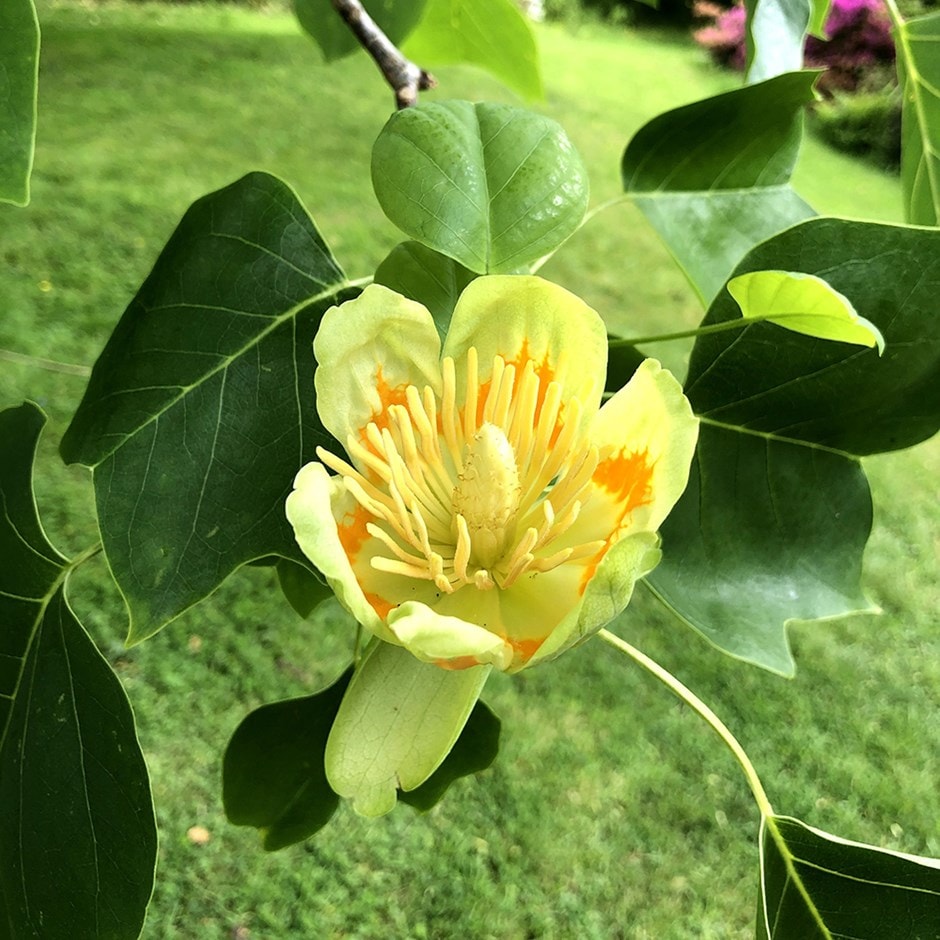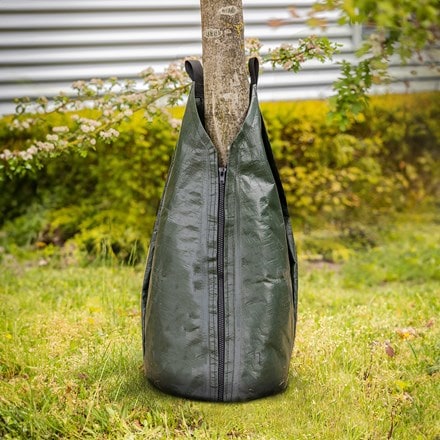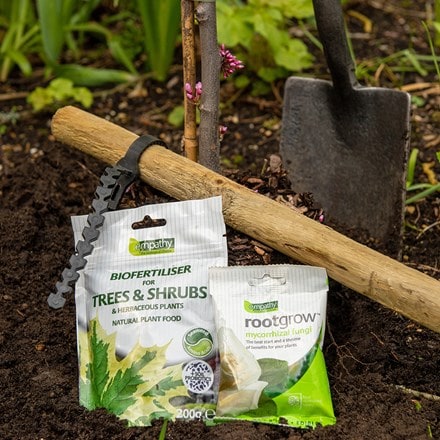Eventual height & spread
Liriodendron tulipifera 'Fastigiatum'
tulip tree (syn. Liriodendron tulipifera 'Arnold')
- 9 litre pot | 2.5 - 3m tall
- £129.99
- In stock (shipped within 2-3 working days)
- 12 litre pot | 1.6m tall
- £139.99
- Delivered during January
Delivery options
- Standard £5.99
- Position: full sun or partial shade
- Soil: moderately fertile, moist but well-drained soil
- Rate of growth: fast
- Hardiness: fully hardy
Soaring skyward with architectural elegance, this stately American native combines the vertical drama of a columnar form with extraordinary seasonal features throughout the growing season. Liriodendron tulipifera 'Fastigiatum' produces unique plate-like, lobed leaves that create a compelling summer canopy before transforming into buttery yellow autumn banners.
The tree's most captivating display occurs in summer when, upon reaching maturity, it bears remarkable tulip-shaped blooms in pale green adorned with distinctive orange markings at their base.
Its naturally upright branching pattern and commanding presence make it particularly valuable as an avenue tree or vertical accent, where its narrow footprint allows it to bring dignity and grace to formal landscapes without overwhelming the space.
The tree's most captivating display occurs in summer when, upon reaching maturity, it bears remarkable tulip-shaped blooms in pale green adorned with distinctive orange markings at their base.
Its naturally upright branching pattern and commanding presence make it particularly valuable as an avenue tree or vertical accent, where its narrow footprint allows it to bring dignity and grace to formal landscapes without overwhelming the space.
Protect from cold, drying winds (this tree produces larger leaves in a sheltered position). Prefers a lime-free (neutral to acidic) soil. When planting incorporate lots of well-rotted garden compost in the planting hole.
To safeguard your trees during shipping and their initial growth, we may supply them attached to a bamboo cane. This support system helps prevent bending or snapping during the early years, ensuring a strong and healthy start. We recommend leaving the cane in place for up to three years, checking the ties seasonally to prevent excessive tightening.
Once the tree has developed sufficient strength to stand independently, the cane can be removed. In addition, we advise staking the tree and any attached cane, securely to provide additional support.
Requires minimal pruning. Remove any broken, diseased or crossing branches in late autumn or winter.
To safeguard your trees during shipping and their initial growth, we may supply them attached to a bamboo cane. This support system helps prevent bending or snapping during the early years, ensuring a strong and healthy start. We recommend leaving the cane in place for up to three years, checking the ties seasonally to prevent excessive tightening.
Once the tree has developed sufficient strength to stand independently, the cane can be removed. In addition, we advise staking the tree and any attached cane, securely to provide additional support.
Requires minimal pruning. Remove any broken, diseased or crossing branches in late autumn or winter.
- CAUTION toxic if eaten/skin & eye irritant
Goes well with
Premium tree planting kit with softwood stake
kit with with softwood stake
£20.95
In stock (shipped within 2-3 working days)


